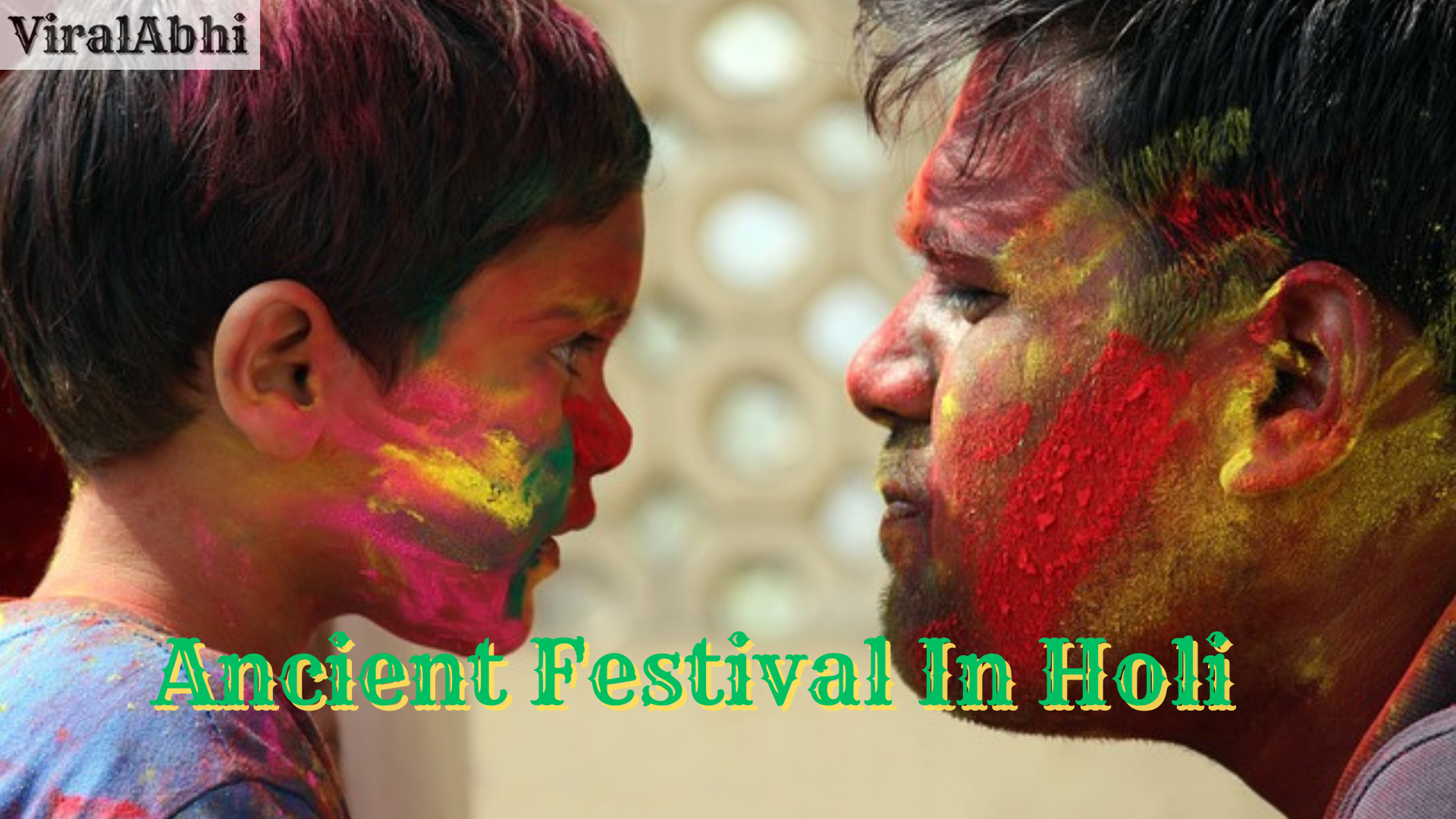Holi, often referred to as the “festival of colors,” is one of the most ancient and vibrant festivals celebrated in India. Rooted in deep cultural and mythological significance, Holi marks the arrival of spring and the triumph of good over evil. Its joyous celebrations, filled with colors, music, and community gatherings, have transcended centuries, making it a cherished part of Indian heritage.
The ancient festival of Holi is more than just a splash of colors; it is a celebration of life, love, and the timeless triumph of good over evil. Its rich traditions and stories continue to inspire and bring people together, transcending barriers of age, culture, and geography. As we celebrate Holi, we honor the vibrant legacy of this ancient festival and its enduring message of hope and harmony.
Historical Origins of Holi
-
Date: Holi typically falls in late February or early March each year.
2024: Holi was celebrated on Friday, March 14th.
- Holika Dahan (Bonfire): This usually takes place on the evening before Holi.
- Holi (Festival of Colors): Celebrated on the following day.
-
Legend of Hiranyakashipu and Holika: This is a prominent story. Hiranyakashipu, a powerful demon king, demanded worship of only him. His son, Prahlad, remained devoted to Lord Vishnu. Hiranyakashipu, with the help of his sister Holika (immune to fire), tried to kill Prahlad. However, divine intervention saved Prahlad and consumed Holika. This signifies the triumph of good over evil.
-
Love Story of Krishna and Radha: Another legend connects Holi to the love story of Lord Krishna and Radha. Krishna, teased about his dark complexion, playfully smeared colors on Radha’s face, leading to a joyful celebration of love and unity.
-
Celebration of Spring: Holi also marks the arrival of spring, symbolizing renewal and rejuvenation.
-
Historical References: Holi is mentioned in ancient Indian texts and inscriptions, suggesting its celebration for centuries.
The origins of Holi can be traced back to ancient Indian texts and legends. The festival is mentioned in early scriptures such as the Puranas and has been celebrated for thousands of years. One of the most prominent legends associated with Holi is the story of Prahlad, a devoted follower of Lord Vishnu, and his tyrannical father, King Hiranyakashipu.
According to the myth, Hiranyakashipu, who sought to be worshipped as a god, was enraged by his son Prahlad’s devotion to Vishnu. To punish him, the king’s sister Holika, who was immune to fire, tricked Prahlad into sitting on a pyre with her. However, through divine intervention, Holika was burned, and Prahlad emerged unharmed. This event symbolizes the victory of faith and righteousness over evil and is commemorated during Holi with the ritual of Holika Dahan, a bonfire on the eve of the festival.
Cultural and Religious Significance
Holi is not just a celebration of mythology but also a marker of seasonal change. Falling on the full moon day of Phalguna (February-March), it signifies the end of winter and the beginning of the agricultural season. Farmers celebrate Holi to thank the gods for a bountiful harvest and pray for prosperity in the coming year.
In religious terms, Holi is associated with Lord Krishna, who is believed to have popularized the playful and colorful aspects of the festival. According to legend, Krishna, who had a dark complexion, playfully colored his beloved Radha and other gopis (cowherd girls) to overcome his insecurities about his appearance. This act of love and joy became a central theme of Holi, inspiring its colorful festivities.
Traditional Celebrations
Holi is celebrated with great enthusiasm across India, with regional variations adding to its charm. The festival begins with Holika Dahan, where communities gather around bonfires, perform rituals, and sing traditional songs. This is followed by Rangwali Holi, the day of colors, where people smear each other with vibrant powders (gulal) and drench one another with water.
Traditional sweets and drinks, such as gujiya, malpua, and thandai, are prepared and shared during the festival. Folk songs and dances, especially in regions like Braj (associated with Krishna), add to the festive spirit. In some parts of India, unique traditions like Lathmar Holi, where women playfully “beat” men with sticks, are observed, showcasing the cultural diversity of the celebration.
Holi’s Global Appeal

While rooted in Indian tradition, Holi has gained global recognition and is celebrated in many countries by Indian communities and enthusiasts of Indian culture. Its universal message of love, unity, and joy resonates with people worldwide, making it a symbol of cultural exchange.



